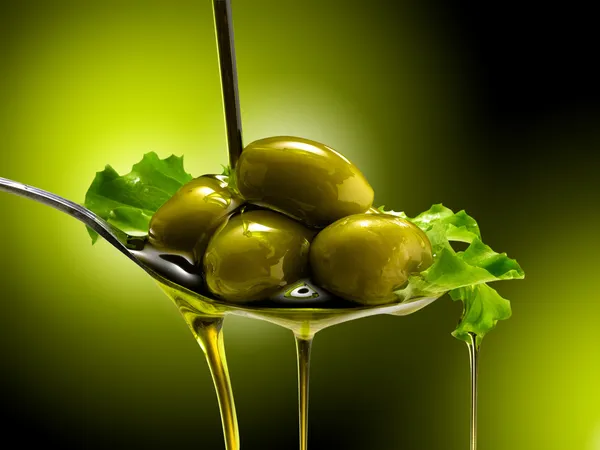Shopping Bag
No products in the cart.

No kitchen is without extra virgin olive oil and this is no coincidence, since it is the main ingredient for our recipes. However, one of the most common questions we have about cooking and extra virgin olive oil is how to use it. Specifically, can it be used in the pan, in the pot, in the oven and in salads? The answer is positive. Yes, extra virgin olive oil can be used in all recipes and in all cooking methods, as long as we pay attention to a few points.
For extra virgin olive oil in cooking
According to a 2010 publication entitled “The scientific truth about cooking with extra virgin olive oil”, by professors from the Department of Food Technology at the University of Bologna, the use of extra virgin olive oil in cooking is the best choice, both for taste and health. Of course, we must use a high nutritional value, fresh, extra virgin olive oil.
Extra virgin olive oil can be used everywhere: in cooking, sautéing and frying, but also in oven baking, as it gives its own flavour to all preparations. However, it is important to note that it is very important to look for and find the profile of the extra virgin olive oil that best suits us – depending on its variety, its origin and the olive grower – so that we can use it more effectively. For example, an extra virgin olive oil with herbal notes is ideal for fish and salads.
How to use extra virgin olive oil in cooking:
For the pan: It is considered the most suitable oil for frying, as its rich content of monounsaturated acids and vitamin E makes it particularly resistant to high temperatures. According to research, olive oil appears to be up to five times more resistant to high temperatures than seed oils (when oil cannot withstand high temperatures, it breaks down into products that are harmful to health).
For the pot and salad: This is also the most suitable oil for casseroles and salads because it can withstand higher temperatures more than other vegetable oils. It is the least processed and has the greatest nutritional benefit compared to other types of oil. Traditional olive oils with a mild flavor are ideal in these situations.
For baking and desserts: Olive oil in the oven too? For oven and baked goods? For pastries, but also for savoury cakes or buns, extra virgin olive oil is ideal. Just choose a very mild one than the one you would choose for your salad, where the aromas are reminiscent of those of butter. Also, remember to consider how much to reduce the amount of e.p. olive oil compared to the butter or margarine suggested in the recipe.
Tips when cooking:
In general, extra virgin olive oil is quite heat resistant. It also plays an important role if you are frying vegetables or foods of animal origin. The burning point is 163° C.-190° C. Care must be taken not to burn the extra virgin olive oil as this will not only spoil the taste, but also lose valuable ingredients. When we start to see a little smoke from our oil, this is a sign that we have reached the “burning point” of the virgin olive oil – not the so-called “smoke point” where the virgin olive oil starts to break down. In this case, either remove the pan from the fire or add a larger quantity of the material already poured into the pan, which will immediately reduce the temperature of the pan by 10° C. It is also worth noting that virgin olive oil is considered the healthiest oil because of its high oleic acid content of 83%, which belongs to the monounsaturated fats. As a key source of monounsaturated fatty acids, it helps reduce bad cholesterol (LDL) and maintain good cholesterol (HDL) in the blood, and helps prevent artery clogging and cardiovascular disease. Finally, it is rich in vitamins A and E, and has antioxidant properties that are beneficial to our health.
Olive oil and its polyphenols enhance health and prevent cardiovascular disease. Olive oil is the
Olive oil offers a wide range of benefits for dogs, including healthy skin, reduced inflammation, ca
Almost a hundred stakeholders have downloaded an algorithm that can provide the ability to predict t

